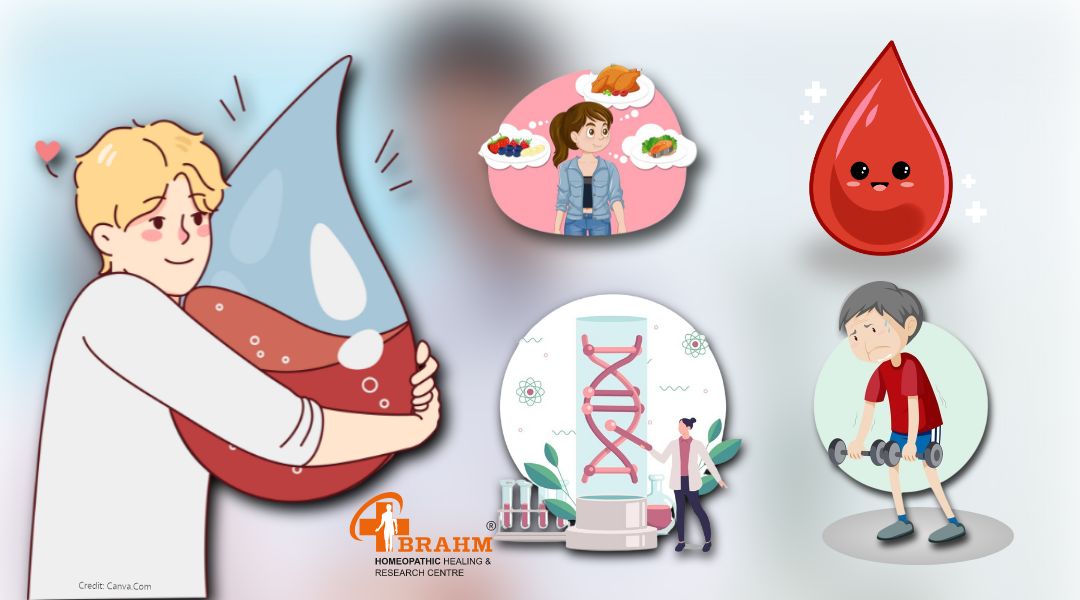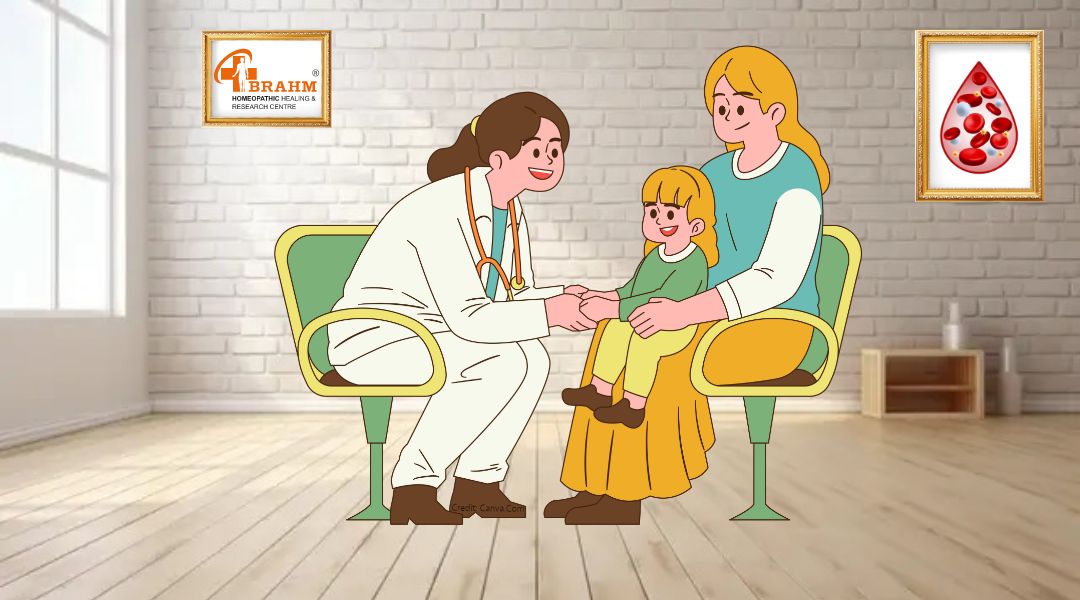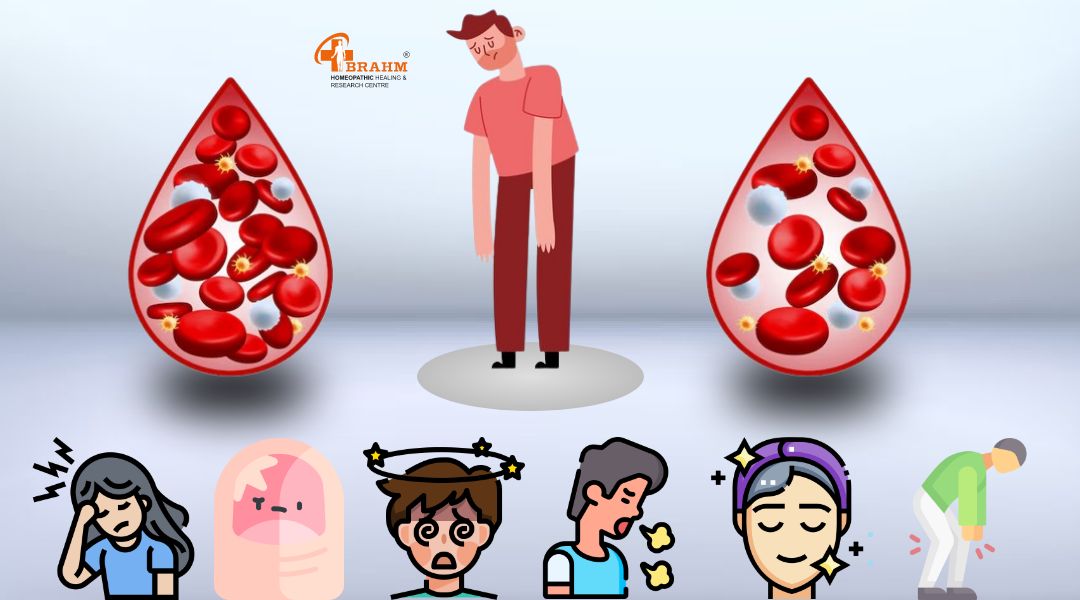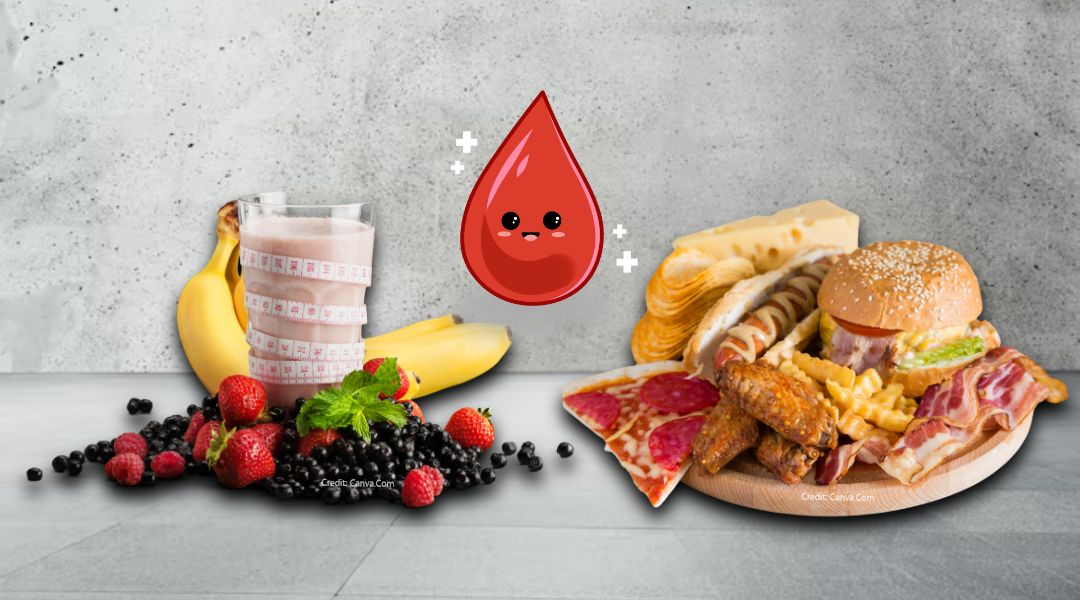
Iron Deficiency Anemia treatment in symptom | how to cure iron deficiency in female |ladkio me iron ki kami
What is Iron Deficiency?
Iron deficiency is a common nutritional condition characterized by insufficient iron levels in the body, which affects the production of hemoglobin, a protein in red blood cells that transports oxygen. It can result from a diet lacking in iron-rich foods, impaired absorption, increased iron requirements, blood loss, and specific medical conditions. Symptoms include fatigue, weakness, pale skin, shortness of breath, dizziness, cold hands, brittle nails, headaches, restless legs syndrome, and pica.
Causes of Iron Deficiency?

Iron Deficiency Causes and Prevention
• Inadequate Dietary Intake: Common in restrictive diets or poor dietary habits.
• Increased Iron Requirements: Life stages and physiological conditions increase iron requirements, increasing the risk of iron deficiency.
• Blood Loss: Acute or chronic blood loss can deplete iron stores and lead to iron deficiency.
• Impaired Iron Absorption: Conditions that interfere with iron absorption from the gastrointestinal tract can contribute to iron deficiency.
• Increased Iron Loss: Conditions associated with chronic bleeding or hemorrhage, frequent blood donations, or parasitic infections can lead to iron deficiency.
• Poor Iron Utilization: Ill-functioning iron utilization within the body can result in iron deficiency.
• Genetic Factors: Genetic conditions like hereditary hemochromatosis or inherited disorders of iron absorption can increase the risk of iron deficiency.
• Medications: Certain medications can interfere with iron absorption or increase iron loss, contributing to iron deficiency.
• Other Factors: Excessive alcohol consumption, chronic illness, malabsorption syndromes, or inadequate iron supplementation can also contribute to iron deficiency.
Features of Iron Deficiency?
Iron Deficiency Symptoms and Management
• Fatigue and Weakness: Persistent fatigue and weakness due to decreased oxygen delivery to tissues.
• Pale Skin and Mucous Membranes: Pallor in the skin, lips, and inner lining of the eyelids.
• Shortness of Breath: Reduced oxygen-carrying capacity of the blood can cause shortness of breath.
• Dizziness or Lightheadedness: Feelings of dizziness, lightheadedness, or faintness due to decreased blood flow and oxygen delivery to the brain.
• Cold Hands and Feet: Coldness and numbness in the extremities due to poor circulation and decreased oxygen delivery.
• Brittle Nails: Changes in nail texture and structure, causing brittle, thin, or ridge-shaped deformities.
• Headaches: Headaches related to reduced oxygen delivery to the brain and altered brain function.
• Rapid or Irregular Heartbeat (Palpitations): Anemia resulting from iron deficiency can lead to increased heart rate or irregular heartbeats.
• Restless Legs Syndrome: Anemia associated with restless legs syndrome (RLS).
• Pica: Craving for non-food substances, possibly related to attempts to correct nutritional deficiencies or physiological disturbances.
Diagnosis of Iron Deficiency?

Iron Deficiency Diagnosis Process
• Medical History: Involves a detailed examination of symptoms, dietary habits, menstrual history, past medical conditions, and family history of iron deficiency or related disorders.
• Physical Examination: Assesses for signs of iron deficiency, such as pallor, brittle nails, and chronic blood loss.
• Laboratory Tests: Measures various parameters of the blood, including hemoglobin, hematocrit, red blood cell count, mean corpuscular volume, and mean corpuscular hemoglobin concentration.
• Serum Ferritin: Measures levels of ferritin, a protein that stores iron in the body. Low levels indicate depleted iron stores and are consistent with iron deficiency.
• Serum Iron, Total Iron-Binding Capacity (TIBC), and Transferrin Saturation: These tests measure how much iron is in the blood, how well transferrin binds iron, and how much iron is in transferrin.
• Additional Tests: In some cases, additional tests may be performed to evaluate iron status and distinguish between iron deficiency and other causes of anemia.
• Additional Diagnostic Procedures: In some cases, additional procedures may be warranted to identify the underlying cause or evaluate for complications.
• Evaluation for Underlying Causes: Assesses for underlying causes of iron deficiency, such as gastrointestinal bleeding, malabsorption syndromes, chronic inflammatory conditions, or other medical conditions.
Treatment for Iron Deficiency:

Medicine for Iron Deficiency:
Homeopathy and Disease Cure
• Homeopathy is curable, regardless of the duration of illness.
• Early treatment is faster for chronic conditions and later stages.
• Intelligent individuals start treatment as soon as they observe any symptoms.

Brahm Homeopathic Healing & Research Centre Treatment Plan
• Brahm's research-based, scientific treatment module is effective in curing diseases.
• A team of qualified doctors systematically observes and analyzes cases.
• They record signs, symptoms, disease progression, prognosis, and complications.
• They provide detailed disease information, diet charts, exercise plans, and lifestyle plans.
• They guide individuals on improving general health conditions through systematic management of homeopathic medicines.
Adverse effects of Iron Deficiency?
Iron Deficiency Adverse Effects
• Iron Deficiency Anemia: Symptoms include fatigue, weakness, pale skin, shortness of breath, dizziness, and irregular heartbeat.
• Impaired Physical Performance: Reduced oxygen-carrying capacity of the blood impairs physical performance, endurance, and exercise capacity.
• Cognitive Impairment: Deficits in memory, attention, concentration, and executive function are associated with iron deficiency.
• Developmental Delays: Iron deficiency during critical growth periods can lead to developmental delays, cognitive deficits, and behavioral problems.
• Increased Susceptibility to Infections: Iron deficiency compromises immune function and increases susceptibility to infections.
• Restless Legs Syndrome (RLS): Iron deficiency is a risk factor for RLS, a neurological disorder characterized by uncomfortable sensations in the legs and an urge to move them.
• Pregnancy Complications: Iron deficiency during pregnancy increases risk of maternal and fetal complications.
• Cardiovascular Effects: Severe or prolonged iron deficiency may lead to cardiac complications.
• Poor Wound Healing: Iron deficiency impairs wound healing and tissue repair processes.
• Reduced Quality of Life: Iron deficiency significantly impacts quality of life, leading to fatigue, weakness, impaired physical and cognitive function, and diminished well-being.
Diet in Iron Deficiency?

Dietary Management for Iron Deficiency
• Incorporate Iron-Rich Foods: Lean meats, fish, seafood, plant-based iron sources, iron-fortified cereals, nuts and seeds, and dark green leafy vegetables.
• Consume Vitamin C-Rich Foods: Consume foods rich in vitamin C alongside iron-rich foods to enhance iron absorption.
• Include Iron Absorption Enhancers: Include meat, poultry, fish, Vitamin C-rich foods, foods high in fructose or sorbitol, and fermented foods.
• Limit Iron Absorption Inhibitors: Avoid high-fiber foods, calcium-rich foods, and tannins.
• Choose Cooking Methods: Choose cooking methods that preserve or enhance iron content in foods. Avoid overcooking vegetables.
• Consider Supplementation: If dietary changes alone aren't enough, consider iron supplements to meet increased iron needs and replenish iron stores. Consult with a healthcare provider before starting iron supplementation.
NOTE:
In order to replenish iron stores and meet increased iron needs, healthcare professionals may advise taking iron supplements. Consult a healthcare provider before starting iron supplementation. Incorporate iron-rich foods, vitamin C-rich foods, and iron absorption enhancers into your diet to optimize iron intake and absorption.
Convectional Treatment & Treatment guide of Iron Deficiency:
Conventional Treatment and Management of Iron Deficiency
Dietary Modifications:
• Increase consumption of iron-rich foods like lean meats, poultry, fish, legumes, tofu, fortified cereals, nuts, seeds, and dark green leafy vegetables.
• Pair iron-rich foods with sources of vitamin C to enhance iron absorption.
• Consider cooking methods that preserve or enhance iron content.
• Provide nutritional education on making healthy dietary choices.
Iron Supplementation:
• Oral iron supplements may be recommended if dietary changes alone are insufficient.
• Dosage and duration of iron supplementation depend on severity of deficiency, individual needs, and response to treatment.
• Educate patients about the importance of adherence to prescribed iron supplementation regimens and potential side effects.
Monitoring and Follow-Up:
• Schedule regular follow-up appointments to monitor response to treatment, assess iron levels, and evaluate for resolution of symptoms.
• Adjust the dosage or formulation of iron supplements based on monitoring results and individual response to treatment.
• Address underlying causes of iron deficiency for long-term management and prevention of recurrence.
Patient Education and Support:
• Educate patients about adherence to treatment recommendations, potential side effects of iron supplementation, and strategies to minimize gastrointestinal discomfort.
• Address any concerns or questions patients may have about iron deficiency, treatment options, and long-term management.


















